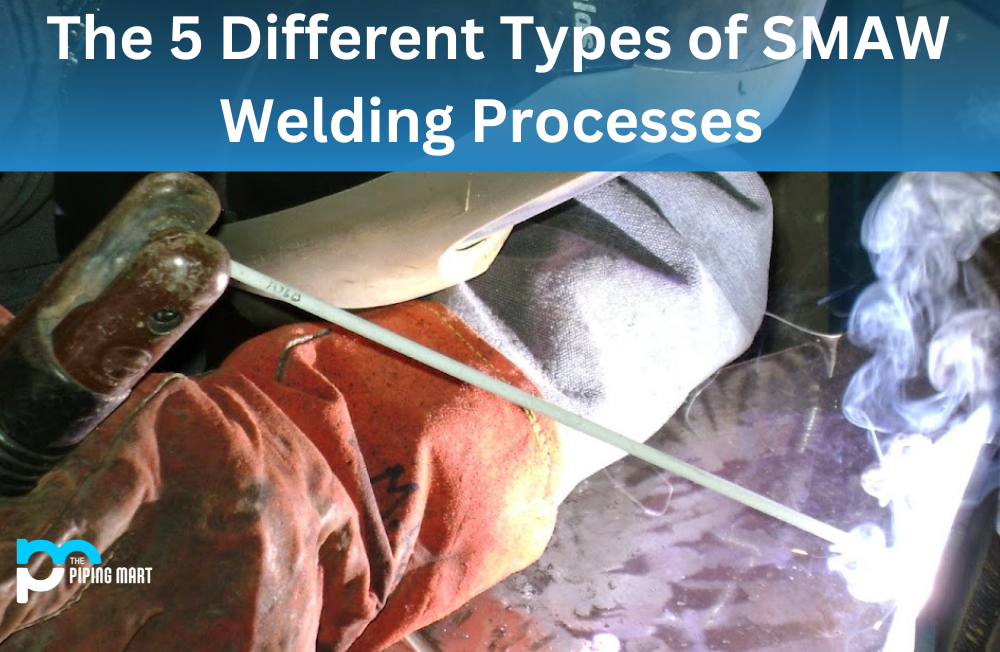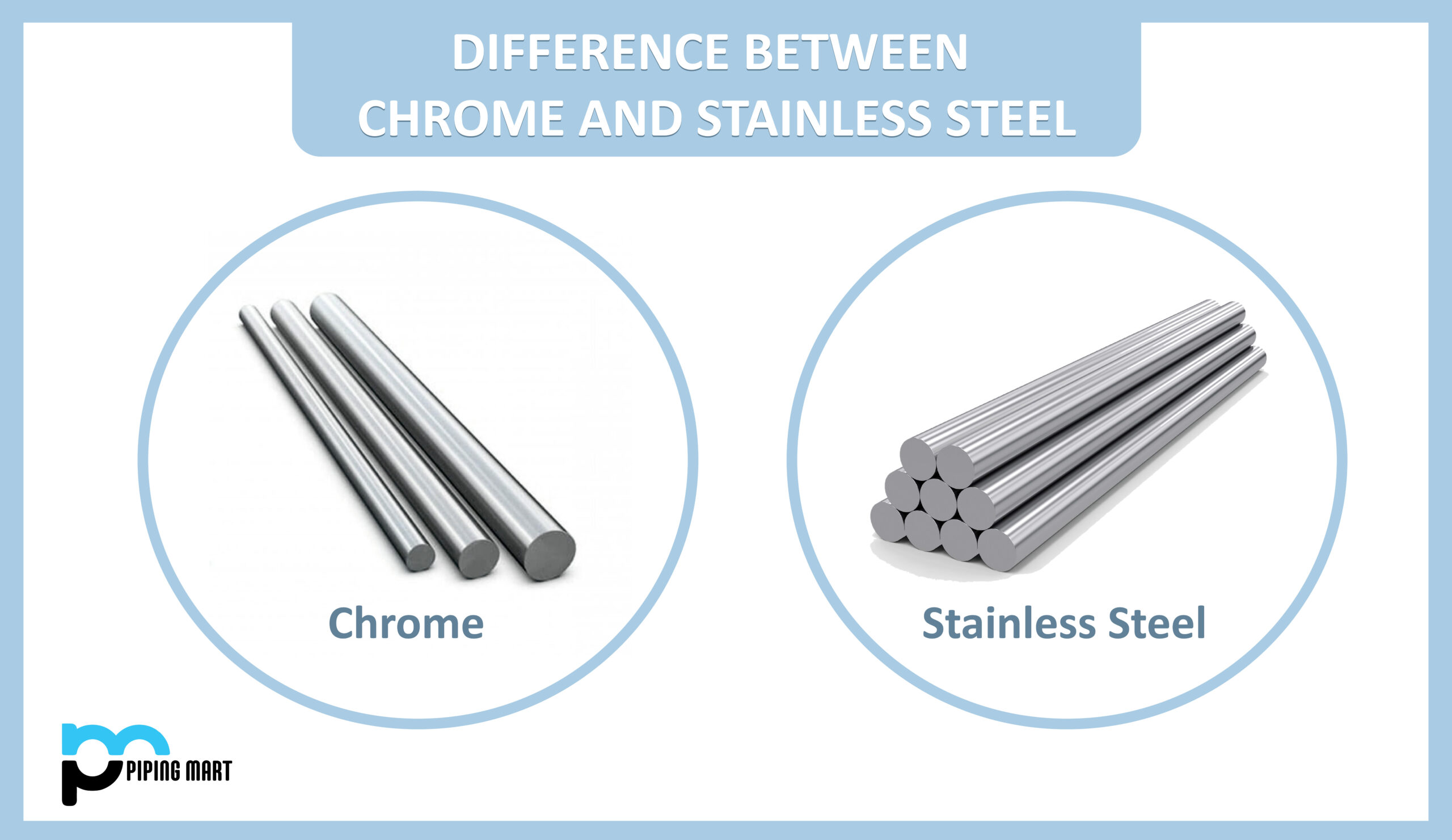Shielded Metal Arc Welding, or SMAW, is a welding process that uses a consumable electrode covered in flux to lay the weld. This process can be performed with either DC or AC and is commonly used in construction because it is versatile and can be used in all positions. There are five types of SMAW welding processes, each of which has advantages and disadvantages.
Types of SMAW Welding Process
Butt Joint Welding
this type of joint is the most common and is used to join two pieces of metal at a 90-degree angle. The main advantage of this type of joint is that it is strong and can bear a lot of weight. However, the main disadvantage is that achieving a good weld bead appearance is difficult.
T-Joint Welding
this type of joint is used to join two pieces of metal in a T shape. The main advantage of this type of joint is that it can be done quickly. However, the main disadvantage is that it is less strong than other types of joints.
Corner Joint Welding
this type of joint is used to join two pieces of metal at a right angle. The main advantage of this type of joint is that it results in a strong bond. However, the main disadvantage is that it can be challenging to achieve a good weld bead appearance.
Lap Joint Welding
this type of joint is used to join two pieces of metal overlapping. The main advantage of this type of joint is that it results in a strong bond. However, the main disadvantage is that it can be challenging to achieve a good weld bead appearance.
Edge Joint Welding
this type of joint is used to join two pieces of metal at their edges. The main advantage of this type of joint is that it can be done quickly. However, the main disadvantage is that it does not result in a strong bond.
Conclusion:
SMAW welding processes are versatile and can be used in all positions, making them ideal for construction work. There are five different types of SMAW welding processes, each with advantages and disadvantages. When choosing which process to use, consider the strength required, the speed needed, and the appearance desired for the final product.

A passionate metal industry expert and blogger. With over 5 years of experience in the field, Palak brings a wealth of knowledge and insight to her writing. Whether discussing the latest trends in the metal industry or sharing tips, she is dedicated to helping others succeed in the metal industry.




